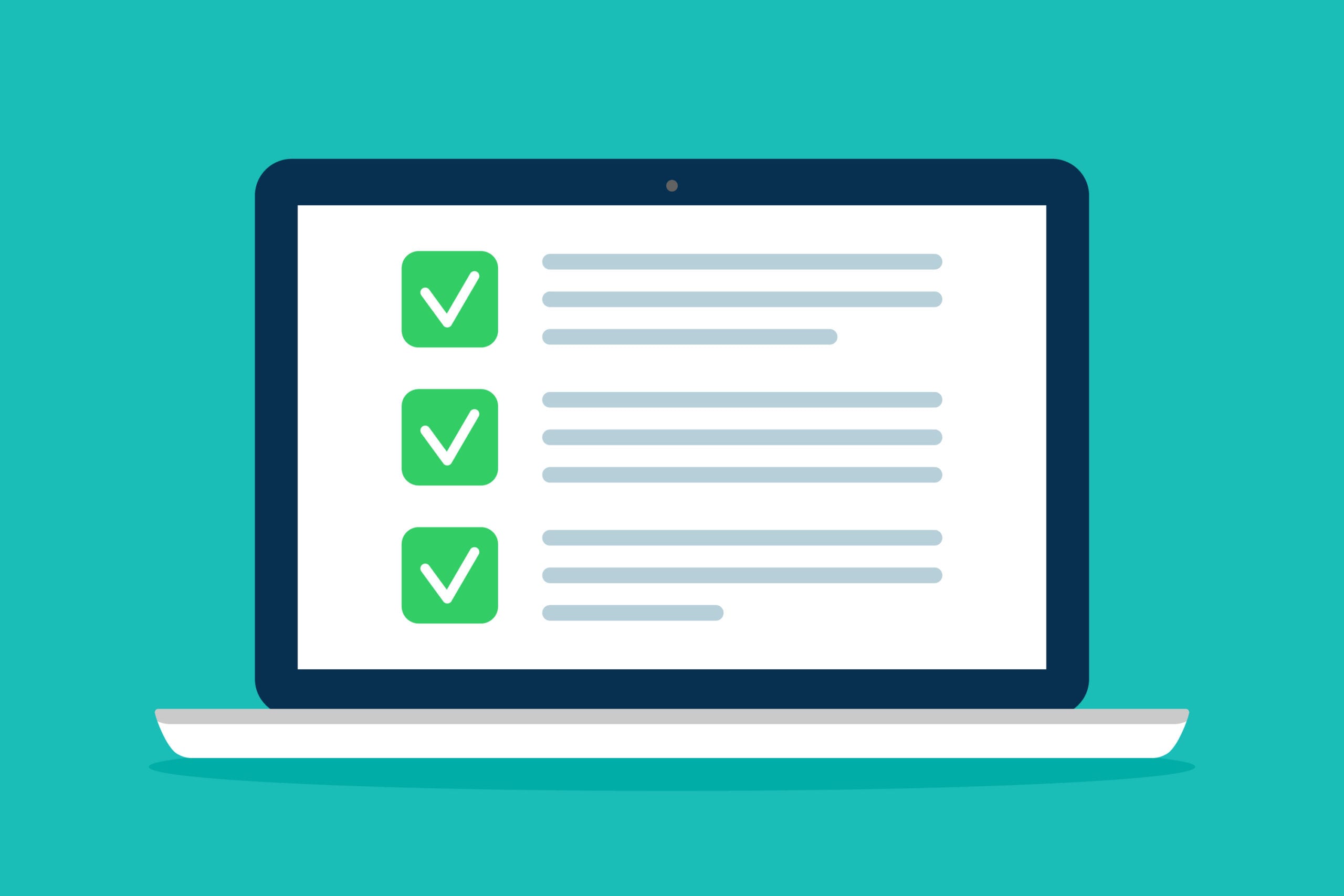Technology has created another level of offboarding activities that need to be done when an employee leaves the company. The rise of the remote workforce has made offboarding even more complicated. Companies need to think about business data that might be on an employee’s personal device and company hardware that may have been shipped to the departing worker.
Just some of the statistics that illustrate the need for a well-developed technology offboarding process for employees are:
- 82% of companies allow employees to use personal devices for work.
- 70% of employees download personal apps on company-issued tablets.
- 60% of companies don’t remove business data from ex-employee devices.
The cloud transformation of the last decade has made working from anywhere easier and made it possible to access business apps from any device. But it has also created more tasks for companies to consider when an employee is leaving for good.
If you don’t digitally offboard an ex-employee properly, it could leave you open to serious cybersecurity risks.
We’ll go through several tips below that you can use as a checklist when an employee is leaving the company or has quit unexpectedly.
Checklist for Digital Offboarding for Employees
Set Yourself Up to Stay in Control of Your Data
If you set yourself up in advance with the right cloud tools, you can maintain control of your data and make it less likely for documents and important communications or contacts to be left behind on an employee’s device.
This means using certain cloud solutions, such as Microsoft 365, that offer cloud data storage and communications.
We’ll give you an example.
- Company A requires all employees to store all files in OneDrive. Each user gets 1TB of data storage capacity.
- Company A also encourages the use of Microsoft Teams for all internal communications.
- Company A also uses Microsoft 365 for company email, so a copy of all user emails is stored on a cloud server.
Because of this setup, Company A greatly mitigates the risk of data loss when an employee departs unexpectedly. It has control and copies of all files stored in the company’s OneDrive account, all messages by the user on Teams, and all emails sent on the company email domain.
Change Passwords for All Accounts
One of the first things to do for the offboarding is to change all passwords that a user may have to company accounts, website logins, etc. For example, did they use Canva to create social media graphics for the company? You’ll need to change that password, their email password, and all others.
Ask the User About All the Apps They Use
80% of employees admit to using cloud apps for work that haven’t been approved by the company.
In most cases, the use of shadow IT isn’t malicious. The employee may have just started using an app, not realizing that it should be approved first by the company’s IT team.
You need to know about any of these apps that may have business data in them, so you can retrieve your data and possibly transfer the account ownership from the user to the company if you choose to continue using the application.
Retrieve Company Data & Devices
You don’t want to rely on the ex-employee to remember to send back that company-issued tablet or remove all business data from their phone after it has been backed up by the company.
You should have a policy in place for retrieving any company assets (data and hardware) from an employee. This may mean sending a prepaid box to ship back company equipment or having an employee bring all devices used for business to your IT team before their departure so work files and data can be retrieved.
(Don’t forget contact lists, which may contain critical customer account contacts.)
Close Employee Cloud Accounts and Transfer Data Ownership
Companies often make the mistake of leaving old employee accounts open for months after an employee is gone. They don’t want to lose the data, or just forget to close them out.
Leaving an unused cloud account active can result in a data breach. Remember the Colonial Pipeline ransomware attack in May of 2021? It happened due to hackers getting in through an unused VPN account that was left unprotected.
Nearly all SaaS tools will ask you if you would like to transfer a user’s data to another user before you close their account. Get help from an IT professional if you want to be sure you don’t lose any data when closing a cloud account for an ex-employee.
Closing the account sooner rather than later also ensures you’re not paying for unused accounts on your cloud subscription.
Get Help With Secure Digital Offboarding
Rocky Knoll Technologies can help your Charlotte area business implement employee offboarding for technology. We’ll handle the entire process for you so you can ensure your assets aren’t at risk.
Contact us today to schedule a free consultation. Call 704.594.7292 or reach us online.



